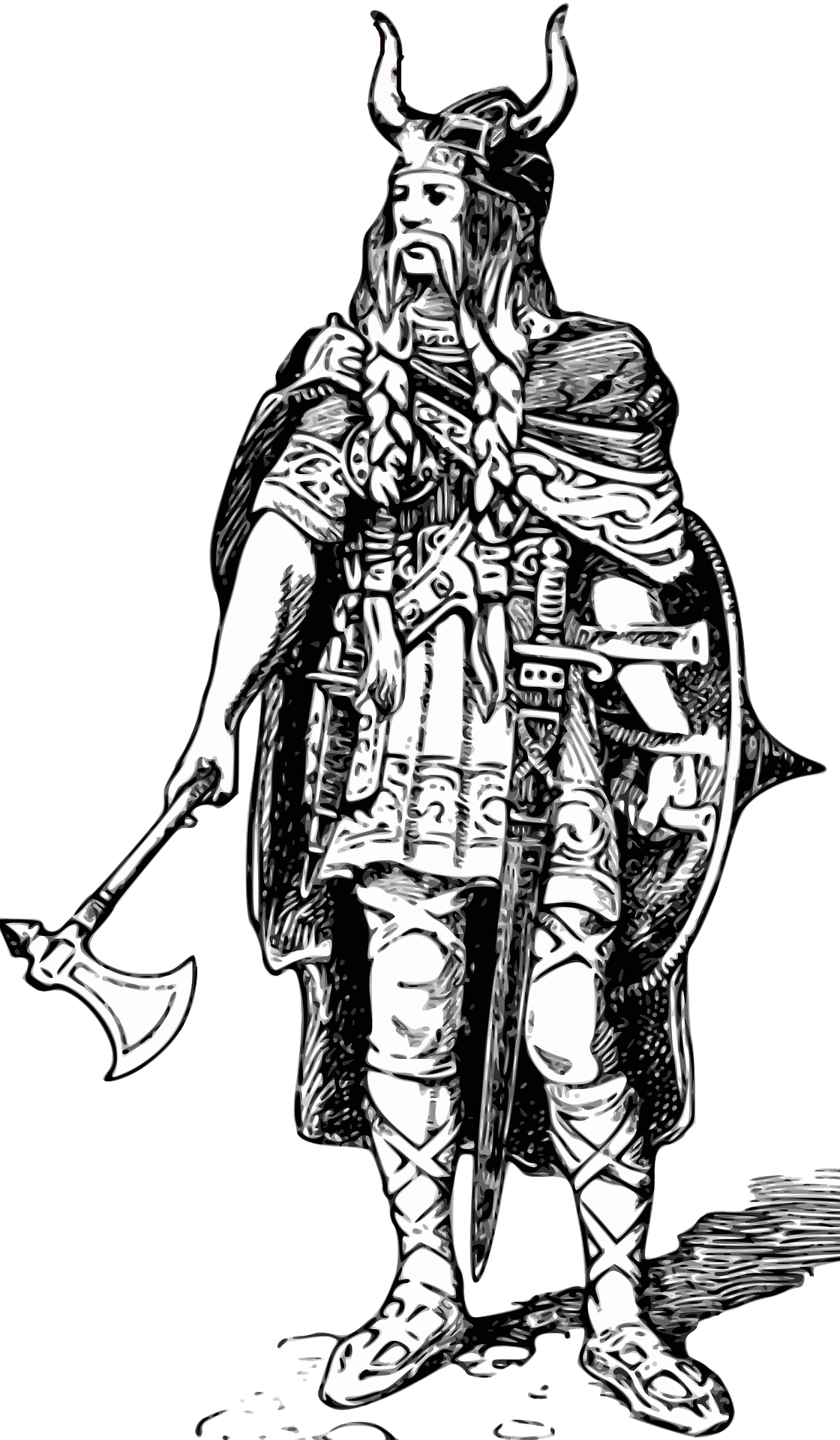Conan, the Alloy

“It may be possible to build this reactor, but it will crumble within days! No steel alloy in the world will withstand these conditions.” This statement about the DFR can be found frequently on the internet. It is true: The steel alloys used in the nuclear industry for light-water reactors are certainly unable to resist temperatures around 1000 °C and hardest neutron irradiation for substantial amounts of time. The conditions in a DFR are as extreme as those in a jet or rocket engine. But much like there are materials suitable for building turbine blades, DFR-capable substances do exist.
Refractory alloys, ceramics, silicon carbide: Tooling of these materials has been developed very far in non-nuclear industries. Nowadays, objects fashioned from them can be produced in great number and every imaginable shape, using modern sintering, forging or mating technologies.
The DFR’s hard neutron spectrum considerably reduces absorption in materials, so that small amounts of thermal neutron absorbers (e.g. alloy additives) can be employed. High thermal conductivity and stability are needed. Refractory metals, their alloys and ceramics stand out by being extremely resistant against all kinds of attacks (with gradual differences). Heavy refractory metals have neutron capture properties, which may become significant at larger molar concentrations. Tungsten and tantalum cause greater neutron losses than niobium and molybdenum, while zirconium and vanadium are nearly transparent.
The exceptional toughness of these materials also means that they are difficult to process and very expensive compared to steel. Here, the DFR’s compact size comes into play. Per installed capacity, only 10% of the mass of construction materials for a LWR are needed, making the DFR the most economical system. The required manufacturing technologies, such as high-density sintering, vacuum welding with electron or laser beams, are commonplace in modern industries. Even laser-based mating technologies for ceramics are being developed and 3D laser sintering makes it possible to print out complete workpieces plotter-style.
In fact, the possibility of using refractory materials for advanced reactors has been explored and confirmed early in the history of nuclear engineering — in the 1950s and 60s. Processing technologies were still in their infancy, though, and costs astronomical — thus it was left to non-nuclear industry branches to develop them to maturity.
Silicon Carbide for the DFR/s …and the DFR/m?
For the molten salt version of the reactor, silicon carbide is favored. This material features a low neutron capture cross section (hardly disturbing the chain reaction). SiC produced by chemical vapor disposition (CVD) is highly resistant to lead corrosion at temperatures up to and above 1000 °C, even in the presence of lithium — pure lithium would dissolve it at 500 °C, though. Concerning its robustness against molten salt, some experimental data still need to be attained; there were already some sodium chloride experiments, which behaves chemically similar to uranium chloride: In spite of using a variant of SiC less stable than CVD-SiC, no damage was discovered at up to 900 °C. CVD-SiC should be expected to show even more favorable properties. At up to 1200 °C, radiation resistance is impressive, too. Microscopic radiation and heat damage are repaired automatically, even — similar to metallurgical annealing. For the DFR/s, SiC should be the best material to produce to 10.000 fuel ducts in the reactor core, to which end a 3D printing method may be selected.
To decide whether the DFR/m’s core could also be built from SiC, more experience must still be gained concerning its interaction with liquid metal eutectic; it is quite possible that the extremely durable material is suitable for this, too. Otherwise, a ceramic based on zirconium, titanium and carbon (ZrC-20%massTiC) could be used. The DF/m’s excellent neutron economy makes it possible to use materials with a slightly greater neutron capture cross section.

Cermic coatings — which may be applied galvanically — are suitable to increase the robustness of metals, most of all titanium diboride with enriched boron-11. Another option are fiber-strengthened ceramics, massively reducing the ceramic’s brittleness through baked-in fibers to create workpieces with the robustness of ceramics and the elasticity of hard metals, similar to carbon-fiber-strengthened synthetics or reinforced concrete. An example adapted to the DFR would be silicon carbide with carbon fibers, which incidentally also has the lowest neutron absorption. Alternatively, monolithic silicon carbide with its extremely high crushing strength and corrosion resistance can be compressed externally by a metal skeleton to avoid shearing damage.
The slogan behind the DFR’s development might read: Reimagine nuclear power! It is based on a fundamental rethinking of reactor design — the well-trodden “steel and water” paths of the nuclear industry must be left behind. The capabilities of durable materials, well-proven in many industries, can now be adapted to nuclear use.
Naturally, extensive material testing runs need to be conducted in the course of further development, including those demanded by the permit authorities.
